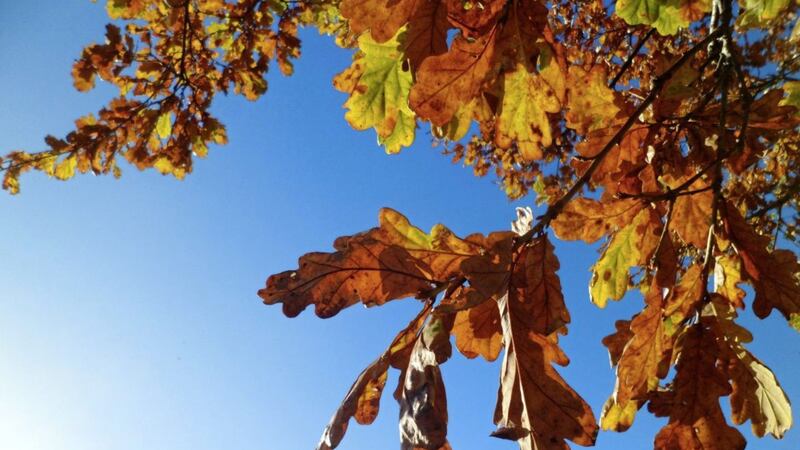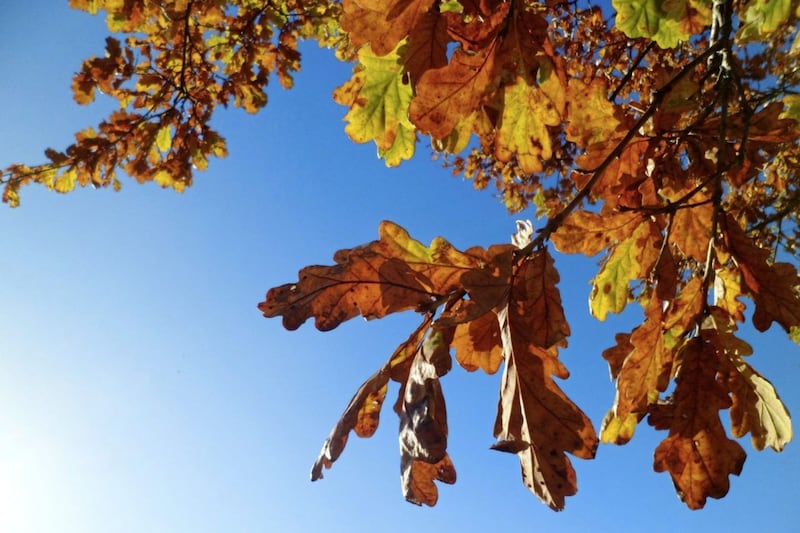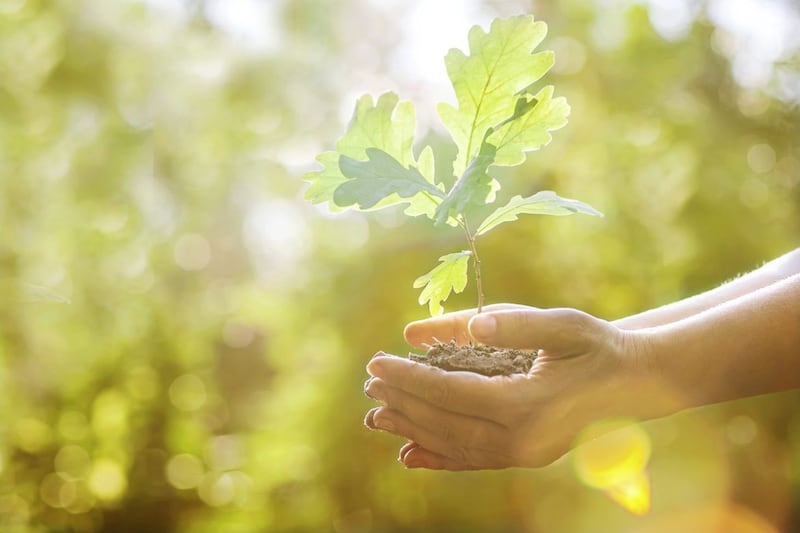SOMEHOW in the past few weeks the trees in the small woodland I have planted seem to have had an extra spurt of growth.
Maybe it is the relatively balmy autumn temperatures that, despite the dying winds of a hurricane and an African storm, never really dropped too far below the low teens during daylight.
Until I started planting trees I always believed that it was the change in temperature that triggered something in their metabolism to make them start shedding their leaves.
However, it is actually the shorter days that causes this – with less hours of sunlight the leaves start to wilt, die and drop and the trees go into dormancy, in the same way that some mammals hibernate.
My oak trees are only five or six years old but some are already stretching to around 15 feet tall. They hold on to their brown, wilted leaves, or at least some of them, until spring when they are forced off by new foliage.
Similarly the beech will cling tightly to their copper leaves throughout the winter until March or April when they fall and are replaced.
However, other species, the birch, mountain ash and alder, have all been stripped bare to leave their denuded branches to flail freely in the slightest of breezes.
Despite losing their foliage, it is these trees that seem to have grown most in the past few weeks, but then maybe it is just an optical illusion and they simply look more elongated now that they have lost their cloaks of leaves.
Holding on to their greenness as their neighbours wrinkle and shed are the Scots pines, although a few worrying patches of brown have developed on some of the lower branches.
However, the infection seems to be patchy and the brown needles are shedding and vibrant green ones coming back to replace them.
Also holding on its colour throughout the autumn and winter is a lone yew tree which clearly struggled during its first few years, its needles turning completely brown at one stage. I thought it had died until it seemed to get a new lease of life and is now thriving.
The yew is one of our most enigmatic species – an ancient symbol of death, it is often found in graveyards, both Christian and sites associated with much more ancient religious rituals.
Apparently yews were planted on burial sites because their needles are poisonous and it deterred farmers and cattle herders from driving their animals over sacred ground and allowing them to graze there.
The most successful trees I have planted, in terms of growth and robustness, have been the alder and willows. The small field where I have established my native Irish woodland is damp, a spade dug into parts close to a stream will open up a squelchy quagmire.
However, a dozen or so alder I put in at start of the planting season in February seemed during the summer to have been engorged in a jungle of reeds, brambles and knee-high weeds that I had neglected to cut back.
Then just last week as the vegetation started to flatten and thin out the saplings emerged again, stunted by not getting enough light, but literally waiting in the long grass and hopefully next year to flourish.



